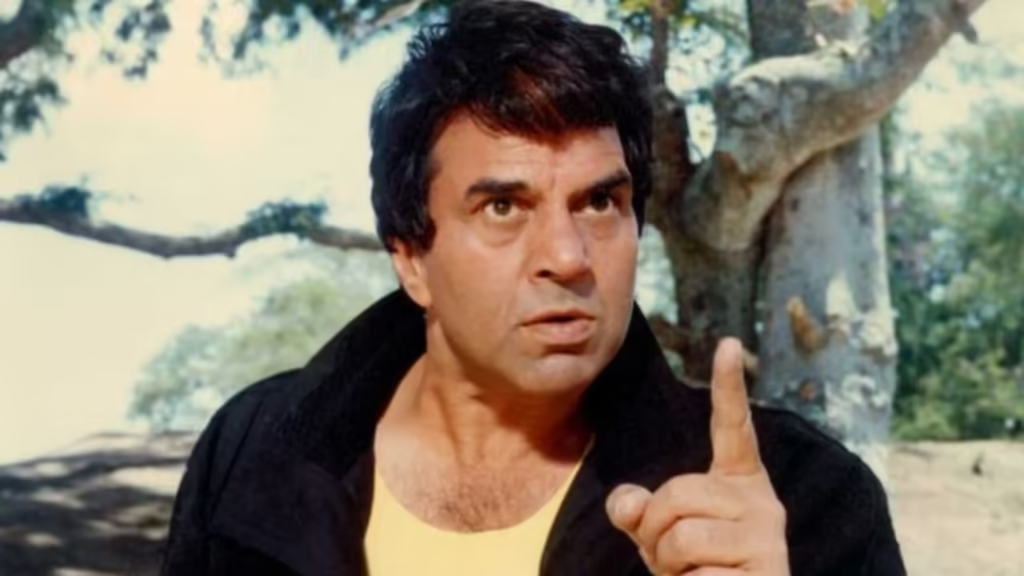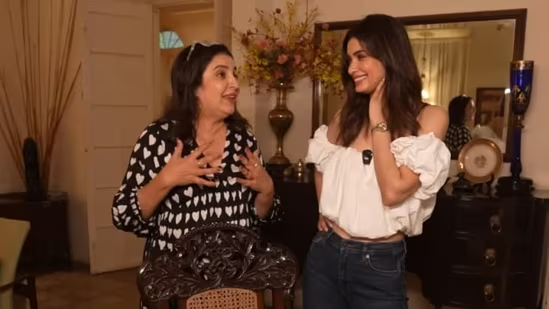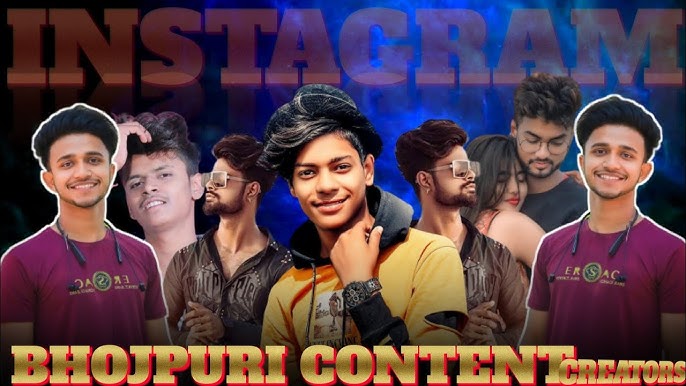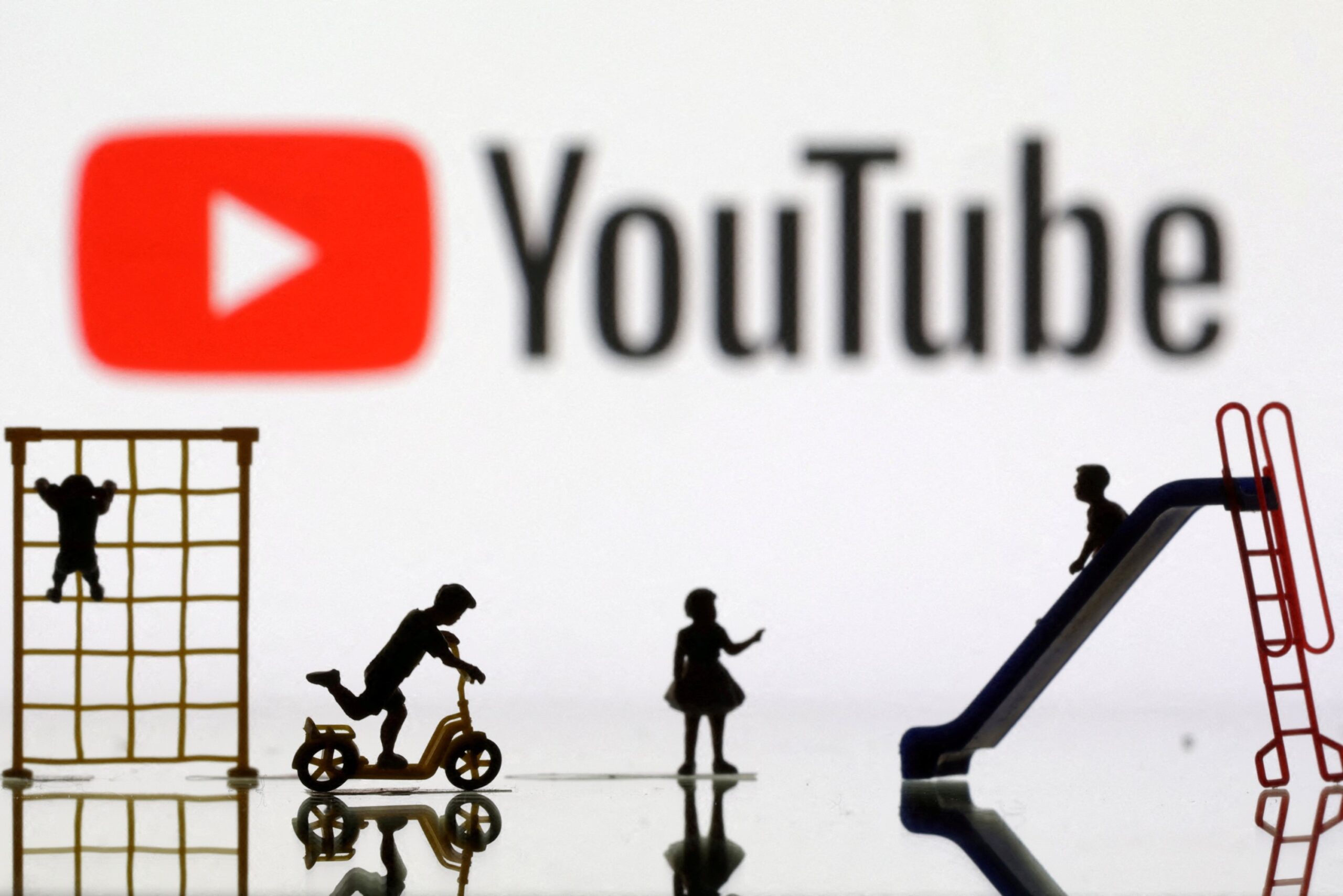Now Reading: Small-Town Creators Now Get Brand Deals: Influencer Market Expands
-
01
Small-Town Creators Now Get Brand Deals: Influencer Market Expands
Small-Town Creators Now Get Brand Deals: Influencer Market Expands
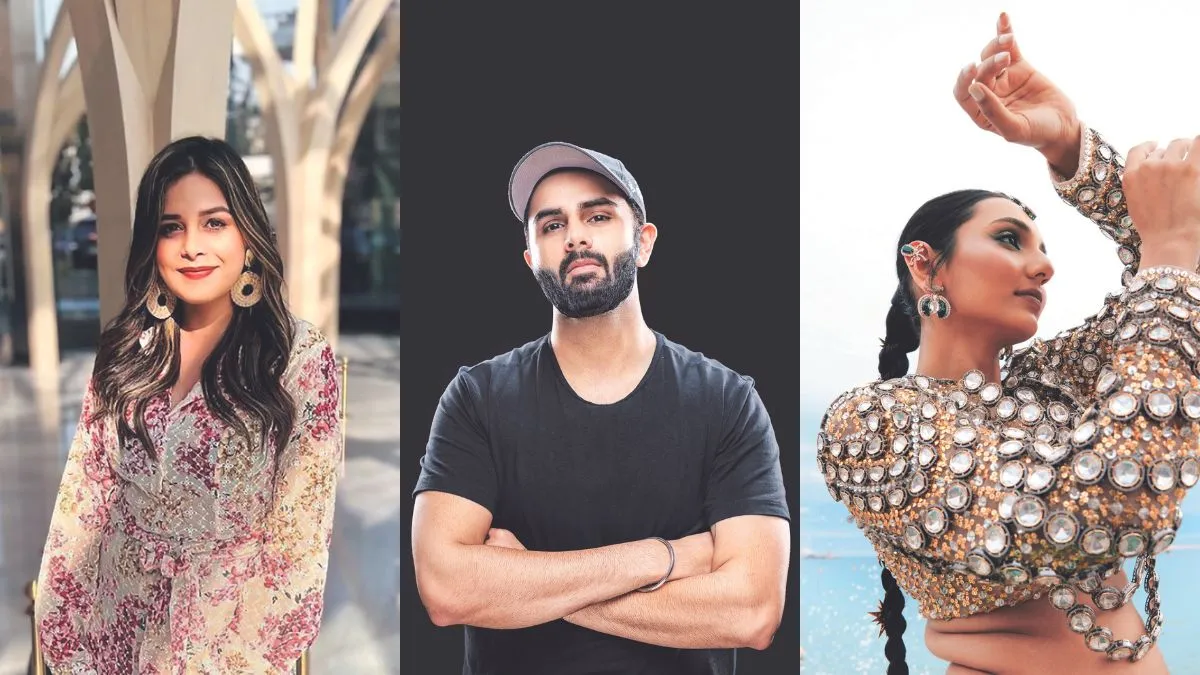
The influencer marketing wave, once centered in metros like Mumbai and Delhi, is now surging through India’s small towns. From Ranchi to Bhopal, creators with modest setups and regional charm are landing brand deals with both local businesses and national companies. The growing digital infrastructure and the rise of short-form content have opened the gates for a more inclusive creator economy — one that doesn’t require a big city address to make a big impact.
The Shift from Big Cities to Bharat
For years, influencer culture was dominated by English-speaking urban creators. But with platforms like Instagram, Moj, and YouTube Shorts, the landscape is shifting rapidly. Tier 2 and Tier 3 cities are emerging as strongholds of relatable, localised content.
Creators in languages like Hindi, Bhojpuri, Tamil, and Marathi are building niche but loyal audiences. Their authenticity, grounded storytelling, and regional humour are resonating deeply, especially with non-metro viewers.
What’s Driving Brand Interest?
Brands are increasingly keen on reaching India’s ‘next billion’ users — the growing digital population outside urban India. And small-town influencers are the gateway. They offer direct access to untapped markets, especially in beauty, food, education, and lifestyle sectors.
What makes them attractive to brands is not just their follower count, but their high engagement rates. Their content feels personal, not polished — and that’s exactly what audiences seem to trust.
Local Stories, National Reach
Take, for instance, a beauty vlogger from Ujjain sharing DIY skincare tips, or a farmer in Nagpur documenting modern farming hacks. These stories, once limited to local conversations, are now reaching national — even international — viewers.
Often shooting on basic smartphones and editing through free apps, these creators are rewriting the rules of digital marketing. They aren’t just influencing; they’re educating, entertaining, and creating space for rural and small-town India on global platforms.
The Roadblocks Remain
Despite the momentum, challenges persist. Limited access to creator support networks, lack of training in content strategy, and unpredictable internet connectivity still hold back many potential creators.
Moreover, payments from brand deals can be inconsistent, and creators often navigate the business side — pricing, contracts, deliverables — without formal guidance. While platforms are launching regional creator programs, a more structured ecosystem is still evolving.
Conclusion: A More Democratic Creator Economy
The expansion of influencer marketing into small towns reflects a deeper transformation — a more democratic internet culture where talent can rise from anywhere. With digital tools becoming more accessible and brands rethinking their outreach strategies, the stage is widening.
As more creators from Bharat find their voice online, the influencer economy is no longer just an urban story. It’s becoming a truly Indian one — diverse, grounded, and ready for the next chapter.









